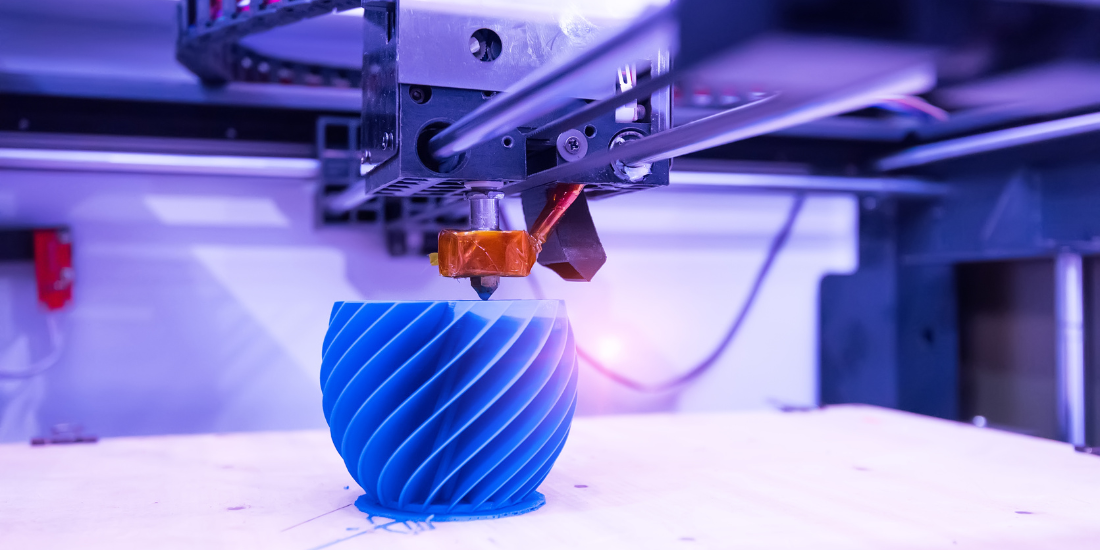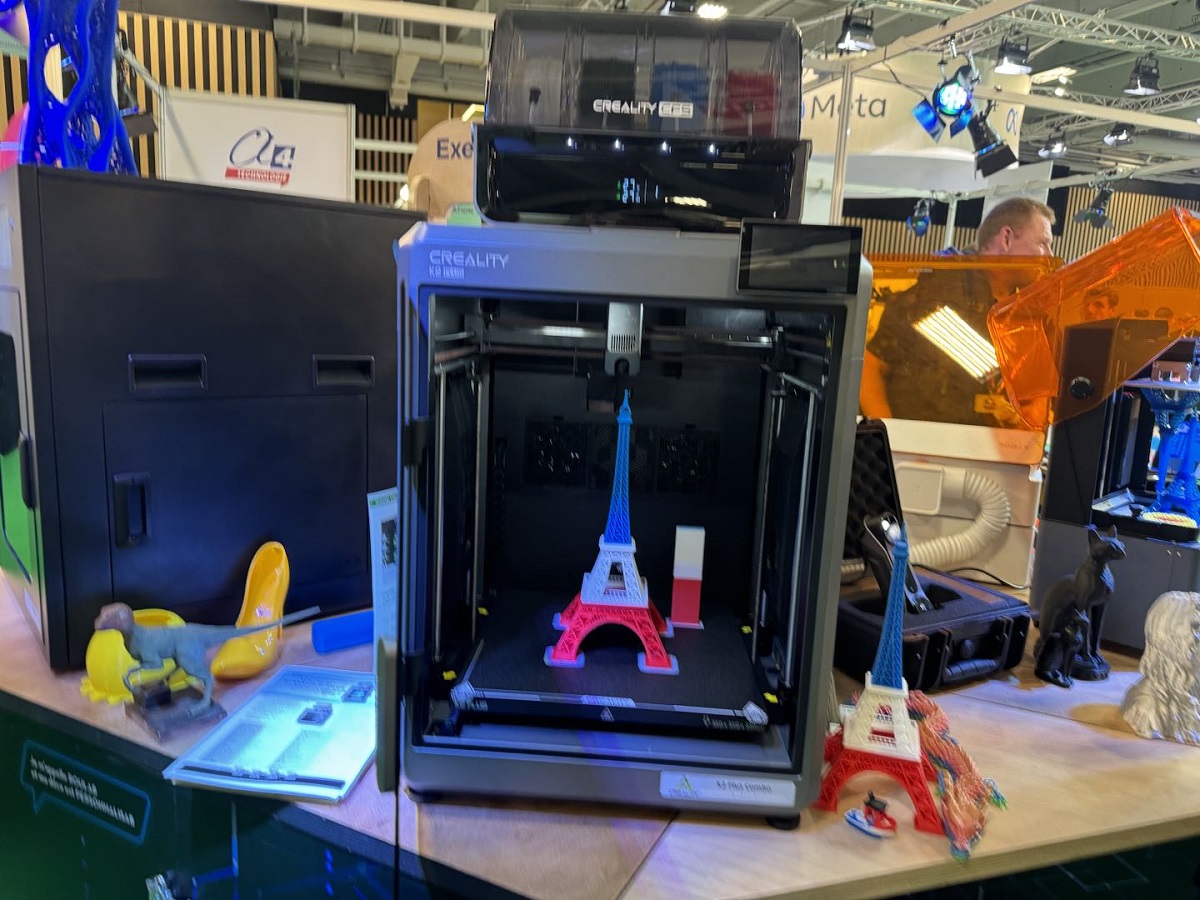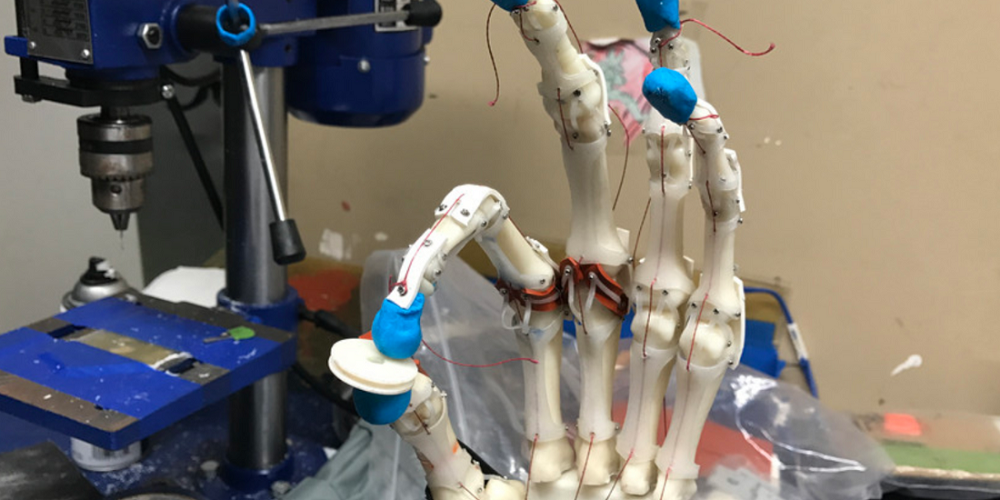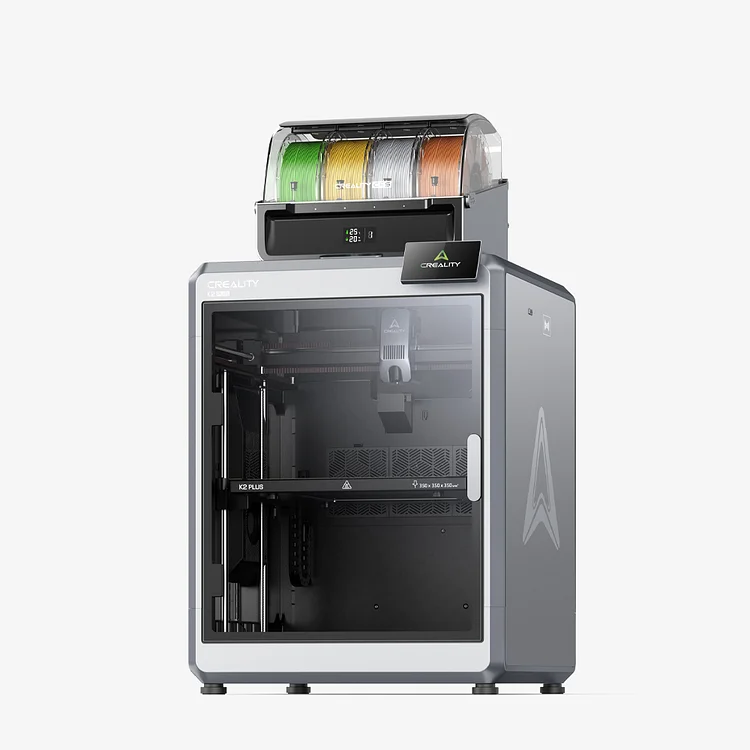Imagine the power of being able to 3D print an object in front of the eyes of your students. Within minutes, the object in question has been created and can be held in your hand.
Whether you’re trying to print a teaching resource to help break down complex ideas and thoughts to young minds, or you are using K2 Plus 3D printing in education to challenge your students and examine their ability to think outside the box, this is the future of the classroom.
3D printing in education is a vital tool. It prepares students for a rapidly advancing world. And to best prepare them for future careers, 3D printing can give children, teenagers and young adults a hands-on experience in what will undoubtedly be part of our future.

3D Printing in Education - An Evolution
Let’s first take a look at the history of 3D printing and how it has been used within universities in the past.
3D printing in education started in the early 2000s. Universities began to incorporate this type of technology within engineering and industrial design. Although back then, 3D printing was far more complex and limited in what it could create.
Not to mention the cost of getting experimental with 3D printers in the classroom. That’s why 3D printing was reserved for only a few educational facilities that had the cash to fund such expensive new projects.
Fast-forward to the modern day and 3D printing in educational facilities is helping to future-proof schools.
Today, 3D printing is considered a classroom staple across the globe. As more schools focus on STEM (science, technology, engineering and maths), the demand for 3D printers in the classroom is growing exponentially.

Now, educational resources can be designed and printed on the fly, giving educators the ability to teach in a more dynamic way than ever before. No matter the subject being taught, teachers can ask for student input in the design of detailed models, making lessons more engaging and interactive.
Suppose you’re teaching art, and you need a stencil for a complex print. With the help of a 3D printer, you can challenge students to design the stencil required and have it printed overnight, ready for the next day. This subsequently injects magic back into the school day.
And as technology evolves, so do its educational applications. The future of 3D printing in education includes advancements such as bioprinting, which could enable students to experiment with printing living tissues, and multi-material printing, which allows for complex designs.
These innovations are expected to further integrate 3D printing into educational practices, preparing students for cutting-edge careers in emerging industries.
Key Benefits of 3D Printing in Education
Now let’s take a look at the benefits 3D printing in education can have whether you’re teaching primary, secondary or higher education. For young students, 3D printing can make learning more engaging and interactive.
1: Ability To Boost Creativity and Problem-Solving Skills
One of the most significant advantages of 3D printing in education is its ability to spark a student’s imagination and get their creative juices flowing. This process fosters creative thinking as students explore new ideas and solutions. Students can transform their ideas into tangible objects, bridging the gap between imagination and reality.
For instance, a class project might involve designing a sustainable water filtration system or creating assistive devices for people with disabilities. These projects provide opportunities for students to problem solve and develop critical thinking skills. Such activities encourage innovative thinking and show students how their ideas can make a real-world impact.
Such activities encourage innovative thinking and show students how their ideas can make a real-world impact.
2: Focusing On Hands-On Learning Across Subjects
As we’ve mentioned above, 3D printing in education can actually make learning far more interactive and engaging.
Why is this important? Well, with the rise of social media platforms such as TikTok, students find it increasingly difficult to maintain focus, and teachers must work harder to keep students from zoning out during lesson times.
Affordable Prototyping and Ease Of Experimentation
Traditional prototyping can often be expensive and time-consuming. Schools and universities on a more humble budget may find that 3D printing offers a cost-effective alternative, allowing students to experiment freely and iterate their designs. Students can see their 3d printed prototypes come to life, allowing for immediate feedback and improvements.
For example, art students can print sculptures to test their designs, while engineering students can refine mechanical prototypes without worrying about material costs.
Applications of 3D Printing Across Educational Levels
At the primary and secondary levels, 3D printing introduces students to the fundamental concepts of design and manufacturing.For younger students, 3D printing makes learning more interactive and engaging. Below, we can see how 3D printing can be used within different school subjects to bring lessons back to life:
History: Printing replicas of historical artifacts enhance cultural understanding, such as Aztec jewelry worn by priests or Gladiator shields used within the Colosseum. In history classes, this allows students to interact with and study historical artifacts in a tangible way.
Geography: Creating beautiful and complex 3D maps helps students grasp topographical features such as volcanos and tropical rainforests.
Art: Designing sculptures based on intricate patterns and shapes to encourage creative expression.
Higher Education
Universities can leverage 3D printing for advanced applications such as:
Engineering: Students design and test functional components in real-time, such as turbine blades to generate wind power.
Architecture: Printing scale models helps learners visualize and refine designs of sky-scrapers.
Medicine: Creating anatomical models aids in surgical training and research without blood or gore.
These applications swing open doors for research and innovation, giving students a competitive edge in their respective fields.
Real-World Success Stories
Several educational institutions have embraced 3D printing with remarkable success. Technical colleges have also integrated 3D printing into their curriculums, offering specialized modules that prepare students for practical applications in various fields. For example:

A high school in California: Students designed and 3d printed prosthetics limbs for children, blending engineering skills with social responsibility.
A university in the UK: Architecture students used creality 3d printing to create eco-friendly building models, showcasing innovative solutions for sustainable living.
Both educators and students report increased engagement and improved learning outcomes, demonstrating the transformative power of 3D printing.
Printing Sustainable Futures and Future Careers For Students
3D printing in education is transforming how we teach, but that’s not to say it’s not without its own challenges. Schools and universities will first need to fund printers and maintain the equipment on a regular basis. Educational institutions will also need to teach staff how to correctly use the 3D printers without risk and safeguard students at all times. This is especially important for younger students, who can greatly benefit from early exposure to innovative technologies.
Once 3D printers are incorporated into the classroom, the benefits for both educators and students are truly endless. And in such a technology-driven world, it is a decision all schools and universities must take seriously.
With their role to empower students for the future of work, 3D printers are a must when it comes to inspiring the next generation of creators, thought leaders and problem-solvers.

